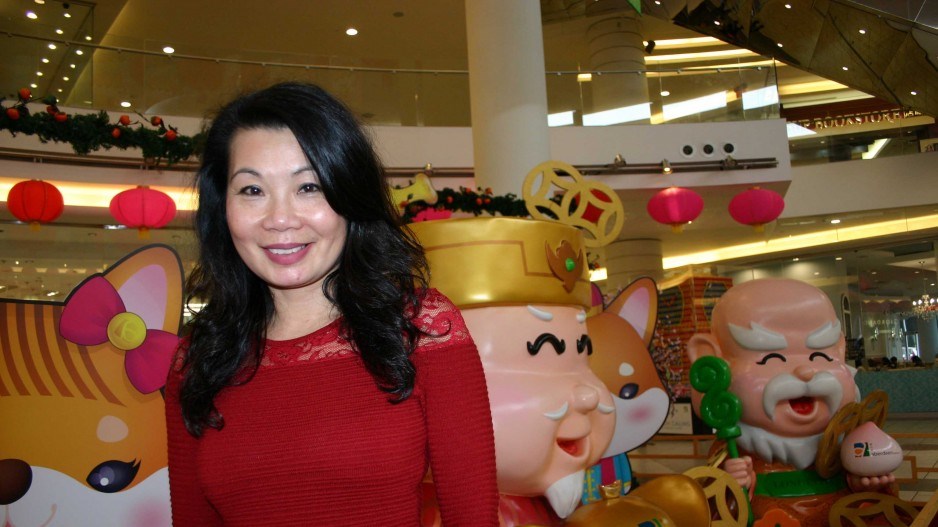Exact numbers are hard to quantify, but business analysts say the fastest-growing impact of upcoming Lunar New Year celebrations on the local economy might come from tourists.
And as the holiday – often dubbed “Chinese New Year” after the largest demographic celebrating – approaches, the top sectors that are benefiting remain retail and dining, with businesses featuring Chinese-centric products and targeting those with Chinese cultural ties seeing the biggest bump.
“Chinese New Year couldn’t come at a better time for retailers,” said Craig Patterson.
The editor-in-chief of industry publication Retail Insider noted that local shops are increasingly targeting the holiday as a key pillar bolstering the post-Christmas retail doldrums.
“The Valentine’s season is all good and fine – people spend billions every year – but Chinese New Year pulls in a much more comprehensive set of buyers. It’s much more than just flowers and chocolates and cards.”
This year, Lunar New Year falls on February 16, almost coinciding with Valentine’s Day, and many shops are combining the two in decor used to attract more interest for consumers. But even with the twist, the celebrations have moved from being a niche event for a few minority communities to a mainstream event that Lower Mainland businesses almost cannot afford to ignore, said one observer.
“It’s becoming part of the local cultural – and business – fabric,” said Helen Yu, who runs Choice Communication, a public relations firm focused on cross-cultural promotion. “If you’re not doing it, you are almost a little bit left out.… I do think it’s almost expected now in Vancouver.”
One place where Lunar New Year’s direct economic impact is most visible is Richmond’s Aberdeen Centre.
Public relations director Joey Kwan said the mall’s foot traffic during the two-week traditional celebration period for Chinese New Year traditionally triples that of non-holiday times.
Kwan added that the reason cultural-centric malls are the main beneficiaries of Lunar New Year isn’t necessarily the Chinese-Canadian population itself, but the increasingly mainstream demographic the festivities appeal to.
Kwan added that Aberdeen – which runs a massive flower and gift fair, as well as a New Year’s Eve countdown that draws 5,000 to 6,000 people annually – has been so successful with its drawing power that booth vendors for the fair often start inquiring about next year’s spots the day the festivities end.
One trend Kwan has been noticing – something corroborated by industry reports and Patterson’s observation – is the increase of tourism impact. Namely, Chinese nationals without Canadian status and tourists from other overseas Chinese communities are starting to appear in greater numbers, accounting for a big part of the growing profile of Lunar New Year events – and sales – in Metro Vancouver.
Kwan said the mall has entertained several foreign media visits targeting those overseas audiences in recent years. “There’s a growing level of interest in the way overseas Chinese celebrate [Lunar] New Year, and Aberdeen is becoming a destination for that phenomenon.”
Patterson pointed to recent global industry reports that link between 30% and 32% of all global sales of luxury goods to Chinese nationals, with half of those sales happening outside mainland China and Hong Kong. And while reports from consultancies like Oliver Wyman show a decline in Chinese tourists’ use of shopping as one of their main reasons for travel, the average spending of a Chinese tourist abroad continues to rise (3.5% from 2015 to 2016).
Last year, the projected number of outbound Chinese travellers totalled 150 million, and companies such as LVMH – the world’s largest luxury goods maker and the steward of the Louis Vuitton brand – reported record or near-record earnings as the Chinese market rebounded. LVMH’s 2017 fourth-quarter sales rose 10%.
Patterson said cities like Toronto and Vancouver have an added advantage: their large Chinese communities mean a larger contingent of visiting family and friends, especially during the two-week Lunar New Year holiday period in China.




